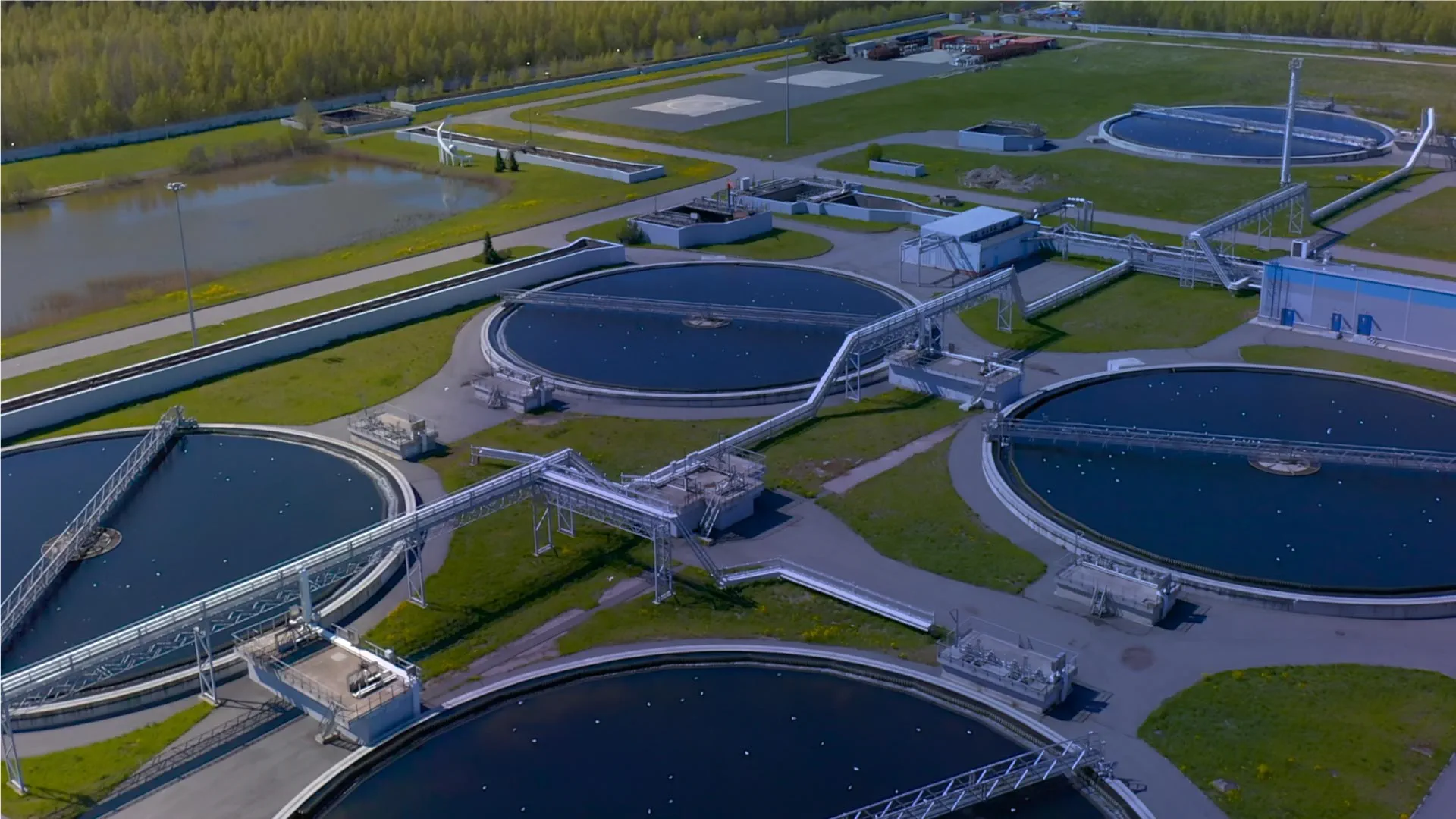According to Gartner’s IT Glossary, digitalization is defined as the process of changing from analog to digital form. While a vast majority of people may find this definition simple and straightforward, the process involves so much more – especially when it comes to asset management.
At its core, asset management is about keeping your assets running to maximize output and minimize losses incurred because of asset downtime, repair, and replacement. Digitalization, on the other hand, is the use of digital technologies to change a business model and provide new ways and opportunities to increase efficiency and profitability.
Digitalization of asset management encompasses all elements of the asset management process, including capturing accurate and timely data, identifying imminent failures, and being able to analyze your data as it is being processed.
As with any new approach or process, getting started can be daunting. Here are a few points to consider as you take those first steps:
- Get it together – Stop struggling with disparate spreadsheets. Cloud-based software creates a common pool of information that is updated on every front every time an edit is made.
- Prioritize useful data – Don’t be overwhelmed by data silos when determining which one to tackle first. A good place to start is by prioritizing data collection that is most useful to corporate targets.
- Fill the gaps – Identify where your weak spots lie. Specific apps can help you visualize data so you can see problematic areas quickly and prioritize data collection in those areas.
- Make assumptions –Incorporate assumptions to complete your data based on the most reliable information available now. Remember to flag these assumptions for later validation.
- Build and refine – Pull data together from across the organization and implement processes to enhance it. Use the enhanced data to confirm or update your assumptions.
Our Making Change Predictable lite paper outlines 3 high-level considerations as you get started – build a centralized database, use existing data, and connect strategy and operations – and then drills down to exploring scenarios and considering restraints through predictive analytics. You’ll learn how to assess resources, add constraints, and model “what if?” scenarios to optimize your operations.
Purpose-built asset management apps help organizations evolve by supporting each of these steps to make digitalization more manageable. Additionally, once you’ve applied your decisions to the real world, digitalization allows for continuous feedback and the opportunity for continuous organizational improvement.
Did you find this information useful?
Did you find this information useful?
Thank you for your feedback!

 Back
Back









